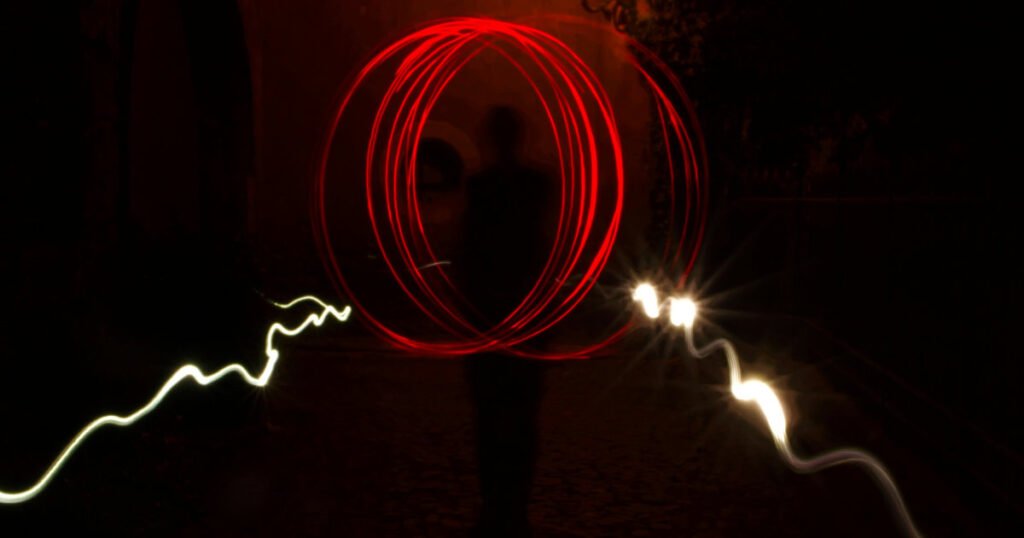Special vs. Visual Effects in Cinema


Alright, let’s dive into the fascinating world of post-production, specifically focusing on the intriguing differences between special effects (SFX) and visual effects (VFX). You know, in the post-production community, there’s often a bit of confusion around these terms. So, let’s clear that up first.
Defining the Realm: What are Special Effects (SFX)?
Have you ever been totally blown away by an explosion scene or marvelled at how they make actors look like they’re flying? That’s the magic of Special Effects (SFX). SFX is all about those physical, tangible effects that are created on set. They’re the practical, hands-on side of movie magic. Think pyrotechnics, mechanical effects, makeup, and scale models. These are the elements that have been around since the dawn of cinema, creating awe-inspiring moments right there in front of the camera.
But SFX isn’t just about the big bangs and smoke. It’s also about subtlety – like using a simple wind machine to create a stormy atmosphere, or clever makeup to age a character. SFX artists are like the wizards of the set, transforming the ordinary into the extraordinary with real-world tools and techniques. It’s a blend of art and science, where creativity meets practical skills.
The Digital Frontier: Understanding Visual Effects (VFX)
Now, let’s shift gears to Visual Effects (VFX). Ever wondered how filmmakers create fantastical worlds, or make it seem like actors are interacting with creatures that don’t exist? That’s VFX for you – the digital cousin of SFX. VFX is all about creating or manipulating imagery outside the live-action shooting. These effects are added in post-production, using software that can make the impossible seem possible.
VFX includes a wide range of techniques like CGI (Computer-Generated Imagery), green screen compositing, and motion capture. It’s where technology meets creativity, allowing filmmakers to craft scenes that would be either impossible or too expensive to achieve physically. From creating distant galaxies to making a character vanish into thin air, VFX artists are the behind-the-scenes magicians who bring the director’s vision to life in the digital realm.
SFX vs. VFX: Spotting the Key Differences
Understanding the distinction between SFX and VFX is crucial in the post-production world. The primary difference lies in their execution: SFX are executed on set during the filming process, while VFX are predominantly applied in post-production. SFX deals with physical elements and real-time effects, whether it’s a controlled explosion, weather effects, or prosthetic makeup. On the other hand, VFX is all about digital wizardry. It’s used for adding, removing, or enhancing elements in a film.
Moreover, SFX often requires a more traditional skill set – think carpentry, mechanics, and sculpting. VFX, however, leans heavily on digital expertise, requiring skills in computer software, animation, and graphic design. Both realms demand a high level of creativity and problem-solving, but they each have their unique challenges and methods.
Practical Examples: SFX and VFX in Action Movies
Action movies are a fantastic showcase for both SFX and VFX. Take a classic car chase scene. The actual cars, explosions, and stunts? That’s SFX at work – real, tactile, and thrilling. But then, add in a massive, fiery explosion that was too dangerous to perform live or a character leaping from an impossible height. That’s where VFX comes in, enhancing the scene with digital elements to make it more dramatic and visually stunning.
Another great example is when actors are fighting with creatures that don’t exist in real life. The actors might be battling with tennis balls on sticks during filming (SFX), but in post-production, those tennis balls are replaced with terrifying monsters (VFX). The blend of SFX and VFX in action movies creates a seamless and immersive experience, making the unbelievable, believable.
In conclusion, the worlds of Special Effects (SFX) and Visual Effects (VFX) are both integral to the art of filmmaking, each with its unique flair and function. SFX brings the tangible, physical elements to life on set, while VFX opens up a universe of digital possibilities in post-production. Understanding their differences and how they complement each other is key to appreciating the incredible visual storytelling in modern cinema.
Discover how filmmakers use a fusion of SFX and VFX to create heart-pounding scenes that leave audiences on the edge of their seats. It’s a realm where creativity, technology, and daring stunts coalesce to craft unforgettable cinematic experiences.

Responses